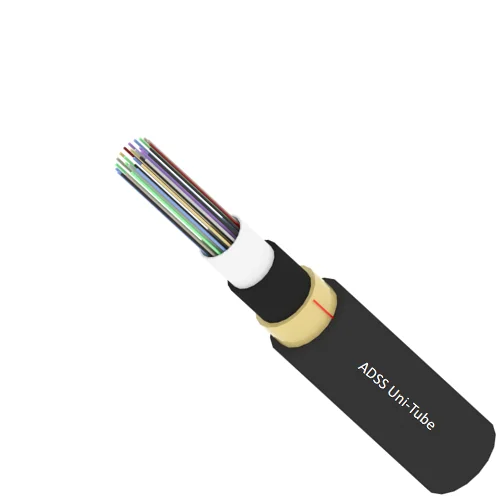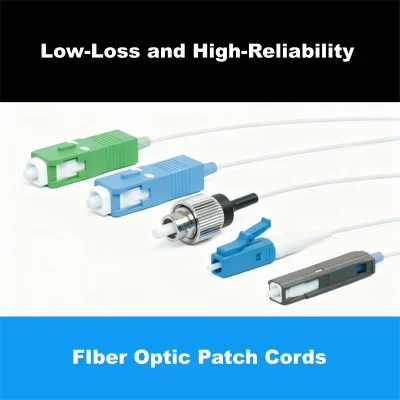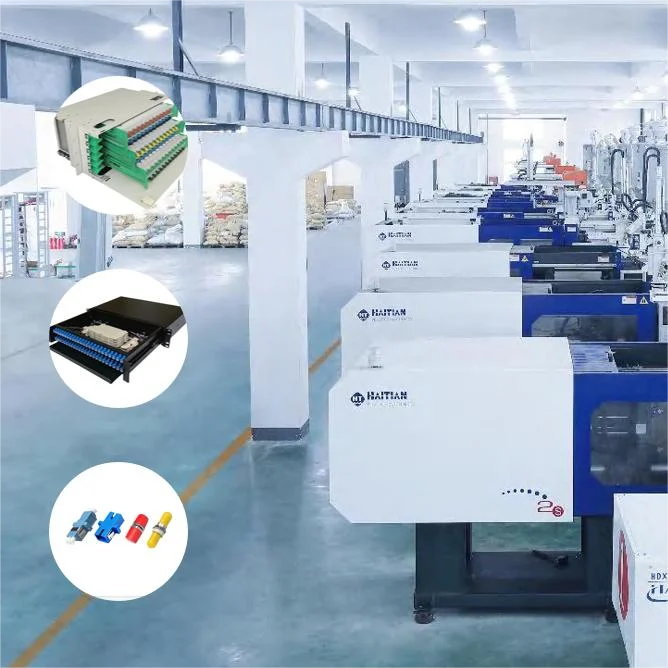Application
- Building A, Republic International Business Plaza, No. 3699 Gonghexin Road, Jing'an District, Shanghai
- +86-21-59175887
- market@soctfiber.com
- 86-17321363317
- 86-13341796231
Energy and Infrastruction
What Makes Optical Fiber Cables Essential for Energy and Infrastructure Applications?
Are aging communication systems holding back your energy projects? Infrastructure struggling with data demands and harsh conditions? Optical fiber offers unparalleled reliability and performance for these vital sectors.
Optical fiber cables are essential for energy and infrastructure because they provide high-bandwidth, interference-immune, and durable communication. This underpins smart grids, renewable energy integration, intelligent transportation, structural monitoring, and overall operational safety.

In my journey through various technology sectors, I’ve seen how critical robust communication is, especially for foundational industries like energy and infrastructure. These fields are not just about physical structures anymore; they’re becoming increasingly intelligent and interconnected. I’ve personally witnessed projects where the backbone of this intelligence, optical fiber, has made all the difference in achieving reliability and future-readiness. Let’s look into why these cables are so pivotal.
Why Are Optical Fiber Cables a Game-Changer for Modern Energy Systems?
Facing communication failures in your power grid? Struggling to integrate renewable energy sources effectively? Optical fiber provides the robust backbone needed for a smarter, more reliable energy future.
Optical fiber cables are a game-changer for modern energy systems due to their immunity to electromagnetic interference (EMI), high bandwidth for data-intensive applications like SCADA and smart metering, and long-distance transmission capabilities, crucial for geographically dispersed energy assets.
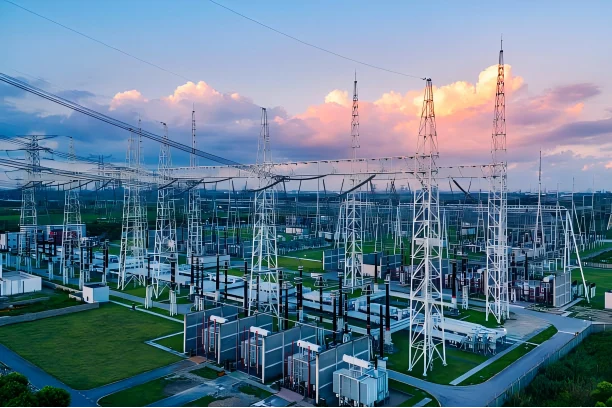
I’ve spent a lot of time talking with engineers in the energy sector. A recurring theme is the challenge of managing an increasingly complex grid. Think about the electrical noise in a substation or the vast distances between a wind farm and the control center. Traditional copper cables just can’t cope effectively with these demands. This is where optical fiber truly shines, offering a level of performance that copper simply can’t match in these environments.
Powering the Smart Energy Revolution
The shift towards smart grids and renewable energy sources places enormous demands on communication infrastructure. Optical fiber cables are uniquely suited to meet these challenges.
- Immunity to Electromagnetic Interference (EMI): Power generation facilities, transmission lines, and substations are electrically noisy environments. Optical fibers, transmitting data as light, are completely immune to EMI and RFI. This ensures signal integrity for critical control and monitoring systems. I remember a utility company that solved persistent data corruption issues in their substations by switching to fiber.
- High Bandwidth Capacity: Smart grid applications, including Supervisory Control and Data Acquisition (SCADA), Advanced Metering Infrastructure (AMI), and synchrophasor data, generate vast amounts of data. Optical fiber offers virtually unlimited bandwidth to handle current and future data loads, enabling real-time decision-making.
- Long-Distance Transmission: Energy infrastructure is often spread over large geographical areas. Optical fibers can transmit data over very long distances with minimal signal loss, reducing the need for repeaters and simplifying network design, especially for remote renewable energy sites.
- Safety and Reliability: Being dielectric (non-conductive), optical fiber cables do not carry electrical current. This enhances safety in high-voltage environments and eliminates the risk of ground loops or spark hazards.
Let’s compare key aspects:
| Feature | Traditional Copper Cables | Optical Fiber Cables | Significance for Energy Systems |
|---|---|---|---|
| EMI/RFI Susceptibility | High | None | Reliable data in electrically noisy power plants and substations. |
| Bandwidth | Limited, degrades with distance | Extremely high, supports massive data volumes | Enables smart grid applications, real-time monitoring, and control. |
| Transmission Distance | Shorter, requires repeaters | Very long, minimal signal loss | Cost-effective for connecting remote assets like wind/solar farms. |
| Electrical Safety | Conductive, potential spark risk | Dielectric, no electrical conductivity | Safer for use near high-voltage equipment, no ground loop issues. |
| Material Durability | Prone to corrosion | Resistant to corrosion, can be ruggedized | Longer lifespan in harsh outdoor or industrial energy environments. |
The move towards a decentralized, digitized, and decarbonized energy system is heavily reliant on the superior communication capabilities that optical fiber provides.
How Do Optical Fiber Cables Revolutionize Critical Infrastructure Monitoring and Control?
Are you concerned about the structural integrity of aging infrastructure? Need reliable communication for intelligent transportation systems? Optical fiber provides the advanced capabilities required for modern infrastructure management.
Optical fiber cables revolutionize infrastructure by enabling precise structural health monitoring through embedded sensors, supporting high-speed data for intelligent transport systems, and providing secure, reliable communication for critical control and surveillance networks in diverse environments.
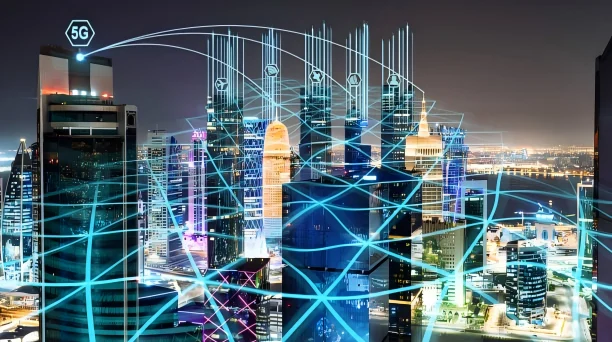
I’ve always been fascinated by large-scale infrastructure projects – bridges, tunnels, railways, and the increasingly complex “smart city” concept. These are the arteries and nervous system of our society. Ensuring their safety, efficiency, and longevity is paramount. I’ve seen how optical fiber is moving beyond just basic data transmission to become an integral part of the infrastructure itself, providing insights and control previously unimaginable.
Building Intelligent and Resilient Infrastructure
Optical fiber cables are not just passive communication lines; they are active enablers of smarter, safer, and more efficient infrastructure.
- Structural Health Monitoring (SHM): This is a key area. Fiber optic sensors, like Fiber Bragg Gratings (FBGs) or Distributed Fiber Optic Sensors (DFOS), can be embedded in or attached to structures such as bridges, dams, pipelines, and tunnels. These sensors can detect minute changes in strain, temperature, or vibration, providing real-time data on the structure’s condition. This allows for predictive maintenance and early warnings of potential failures. I’ve seen projects where this technology has significantly extended the life of critical assets.
- Intelligent Transportation Systems (ITS): Modern highways, railways, and airports rely on optical fiber for a multitude of applications:
- Traffic Management: Real-time signal control, congestion monitoring, and electronic toll collection.
- Railway Signaling and Control: Ensuring safe and efficient train operations.
- Airport Operations: Communication for air traffic control, baggage handling, and passenger information systems.
The high bandwidth and low latency of fiber are essential for these time-critical applications.
- Secure Surveillance and Control: Critical infrastructure requires robust security. Optical fiber provides a secure and high-capacity network for CCTV cameras, access control systems, and other security measures. Its immunity to tapping and interference makes it a preferred choice for sensitive data.
- Pipeline and Utility Monitoring: Beyond SHM, optical fibers (especially DFOS) can detect leaks in water or gas pipelines, ground movement near critical infrastructure, or even unauthorized intrusion along perimeters.
The impact is clear across various applications:
| Infrastructure Type | Optical Fiber Application | Benefit |
|---|---|---|
| Bridges & Tunnels | Structural Health Monitoring (SHM) with embedded sensors. | Early detection of stress/damage, improved safety, optimized maintenance. |
| Roads & Highways | Intelligent Transportation Systems (ITS), CCTV, tolling. | Smoother traffic flow, enhanced safety, efficient incident response. |
| Railways | Signaling, communication-based train control (CBTC), monitoring. | Increased capacity, improved safety, reliable operations. |
| Pipelines (Oil/Gas/Water) | Leak detection, strain monitoring, intrusion detection. | Enhanced safety, environmental protection, reduced operational risks. |
| Smart Cities | Backbone for sensors, public Wi-Fi, smart lighting, utilities. | Improved city services, resource efficiency, enhanced quality of life. |
The ability of optical fiber to handle vast amounts of data reliably, even in challenging environments, is fundamental to making our infrastructure smarter and more resilient.
What Specialized Optical Fiber Cable Technologies Are Advancing Energy and Infrastructure?
Are standard fiber cables insufficient for your project’s extreme conditions or unique requirements? The industry offers specialized solutions designed for the toughest energy and infrastructure challenges.
Specialized optical fiber technologies like Optical Ground Wire (OPGW), All-Dielectric Self-Supporting (ADSS) cables, ruggedized/armored cables, and fiber optic sensors are advancing energy and infrastructure by providing tailored solutions for high-voltage environments, aerial deployments, direct burial, and integrated monitoring.

From my experience in manufacturing, I know that one size rarely fits all, especially when dealing with demanding applications. The energy and infrastructure sectors throw unique challenges at communication systems – from the extreme electrical fields around power lines to the physical stresses of direct burial or underwater installation. The fiber optic industry has responded with innovative cable designs that are purpose-built for these environments.
Engineered for Purpose, Built to Last
These specialized cables ensure that the benefits of fiber optics can be realized even in the most difficult circumstances.
- Optical Ground Wire (OPGW): This is a brilliant solution for power utilities. OPGW cables combine the function of a traditional ground wire (protecting transmission lines from lightning strikes) with an internal core of optical fibers. This allows utilities to deploy a high-speed communication network along their existing high-voltage tower routes. I’ve seen this dramatically cut deployment costs for utilities.
- All-Dielectric Self-Supporting (ADSS) Cables: These cables are entirely non-metallic (dielectric) and have high tensile strength, allowing them to be strung directly between poles or towers without a supporting messenger wire. Their immunity to electrical induction makes them ideal for installation in the power utility space, often on distribution lines or near substations where OPGW might be overkill.
- Ruggedized and Armored Cables: For direct burial in harsh terrain, installation in industrial conduits, or even submarine applications (like connecting offshore wind farms or island grids), cables need extreme protection. Armoring (with steel wires or tapes) provides crush and rodent resistance, while specialized jacketing materials protect against chemicals, moisture, and abrasion.
- Fiber Optic Sensing Cables: While any fiber can transmit data, some are specifically designed or deployed for sensing applications (DTS, DAS, DSS). The cable construction for these might prioritize thermal conductivity for temperature sensing or ensure robust coupling for strain measurement.
Let’s highlight their distinct advantages:
| Specialized Cable Type | Key Design Features | Prime Application Areas | Benefit to Project |
|---|---|---|---|
| OPGW | Integrated ground wire, metallic protection for fibers. | High-voltage transmission lines. | Dual-purpose, utilizes existing infrastructure, robust. |
| ADSS | Non-metallic, high tensile strength. | Aerial deployment on utility poles, near power lines. | Immune to EMI, lightweight, easier installation in some cases. |
| Ruggedized/Armored | Reinforced jacketing, metallic/non-metallic armor. | Direct burial, industrial conduits, submarine crossings. | High physical protection against environmental hazards. |
| Sensing-Optimized | Designed for optimal interaction with environment. | Distributed Temperature, Strain, or Acoustic Sensing. | Provides continuous monitoring along the entire cable length. |
Selecting the correct specialized optical fiber cable is not just a technical detail; it’s a crucial decision that impacts the long-term reliability, safety, and cost-effectiveness of energy and infrastructure projects.
Conclusion
Optical fiber cables are foundational to advancing energy and infrastructure. Their superior performance and tailored designs enable smarter, safer, and more resilient systems for our future.
Related Products
No results found.


